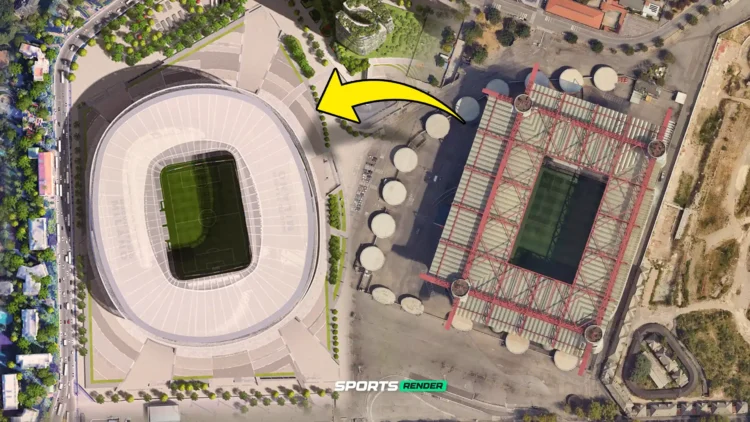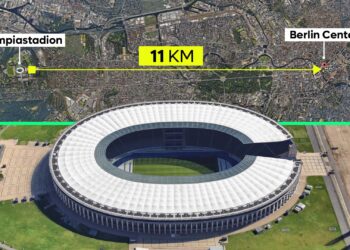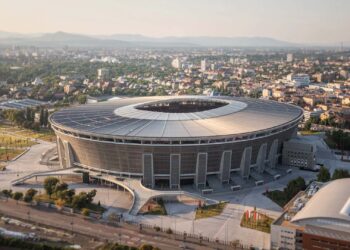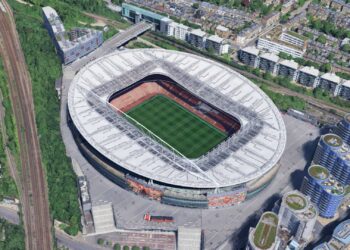Milan could soon be home to one of the most innovative football stadiums in Europe. If approved by the City Council, a brand-new 71,500-seat stadium will rise as part of a massive 281,000 square meter urban regeneration project in the San Siro district.
This isn’t just another football venue. It’s a project that promises to reshape the city, blending world-class architecture with sustainability, accessibility, and community development.
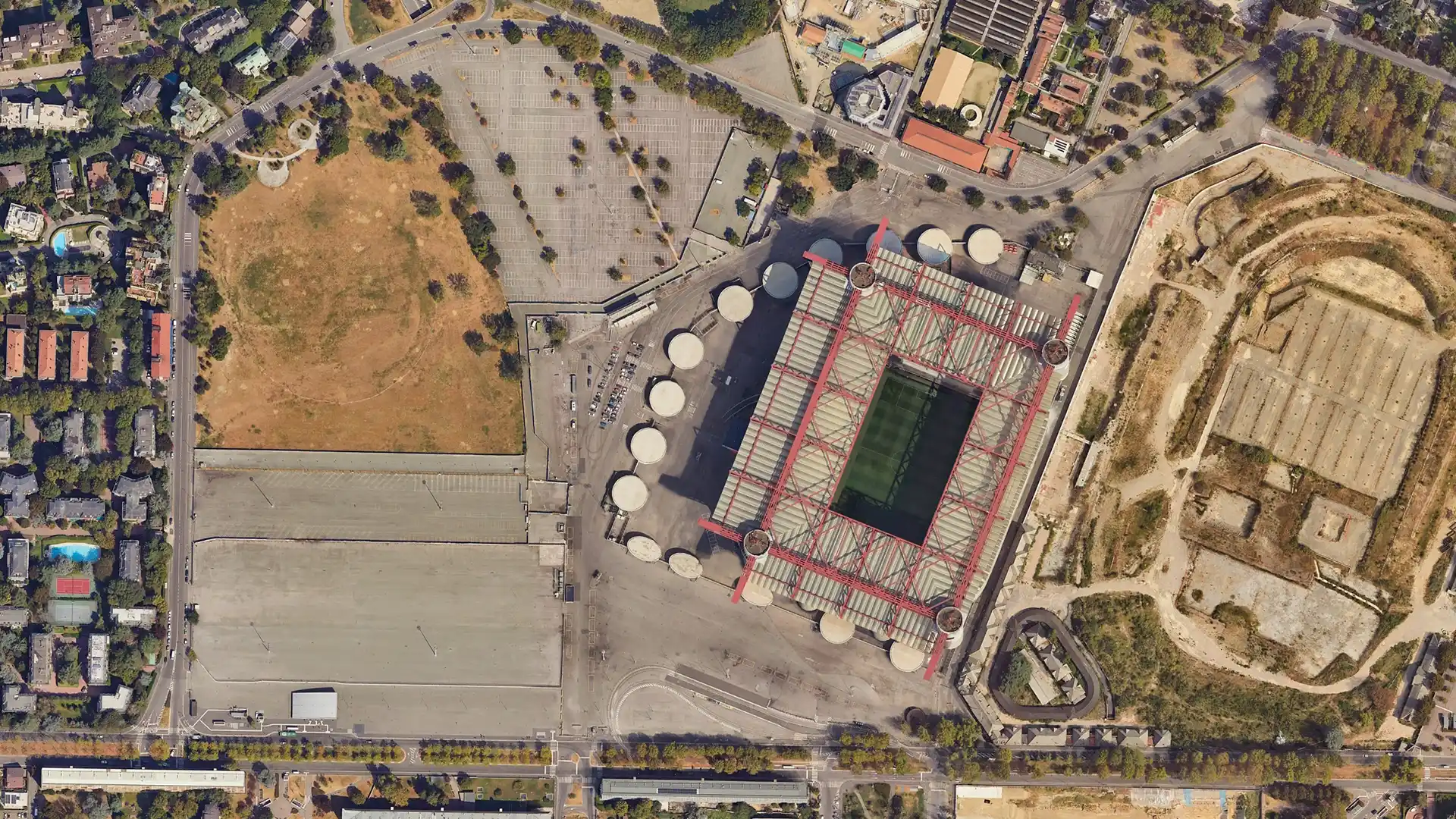
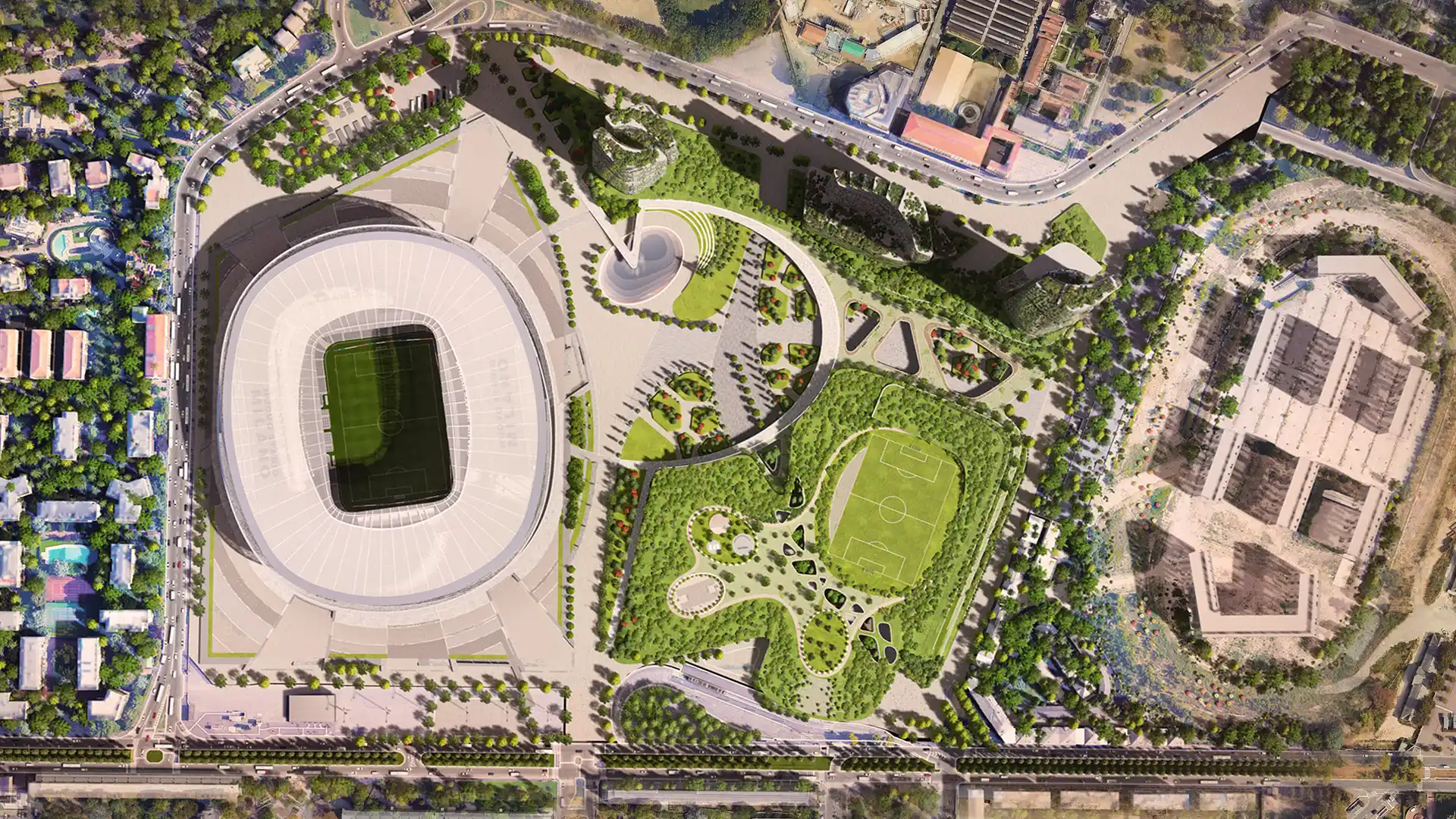
Designed by Global Giants: Foster + Partners and MANICA
The new Milan Stadium will be designed by two architectural powerhouses: Foster + Partners, led by Lord Norman Foster, and MANICA, founded by David Manica.
- Foster + Partners has worked on some of the most iconic projects in the world, including Apple Park in Cupertino, the Millennium Bridge in London, and the Wembley Stadium precinct redevelopment. Their experience in sustainable design and large-scale urban planning makes them a natural fit for this project.
- MANICA has become one of the leading firms in sports venue architecture. Their portfolio includes the Allegiant Stadium in Las Vegas, the Chase Center in San Francisco, and the upcoming Chicago Bears stadium and Miami Freedom Park.
Together, these firms bring decades of expertise — and a shared history of collaboration dating back to the design of the New Wembley Stadium and the Lusail Stadium in Qatar.
A Stadium Built for Fans
The future Milan Stadium is designed with fans at the core. The seating will feature two large, steep tiers, ensuring perfect visibility from every corner of the venue.
Accessibility is another key focus. The design will meet the highest standards of inclusivity, providing dedicated spaces for fans with disabilities. Importantly, there will also be sections with affordable pricing, ensuring that the stadium remains open to all supporters, not just a privileged few.
With its state-of-the-art design, the stadium aims to create one of the most intense and electric atmospheres in European football.
More Than a Stadium: A Landmark for Milan
Beyond football, this project represents a strategic investment in Milan’s future. The stadium will be part of a larger urban regeneration initiative, transforming the San Siro district into a vibrant hub for innovation, sustainability, and social development.
This means the project is not only about giving AC Milan and Inter Milan a new home — it’s about creating a new architectural landmark that reflects Milan’s culture, history, and global ambition.
What Comes Next?
The project still depends on a crucial step: the acquisition of the Great Urban Function San Siro. Only if this is approved by the Milan City Council will the design and preliminary phases begin.
If it moves forward, Milan could soon welcome one of the most modern and breathtaking stadiums in Europe — a venue that will not only elevate football in the city but also shape its urban future for generations.
Image Gallery
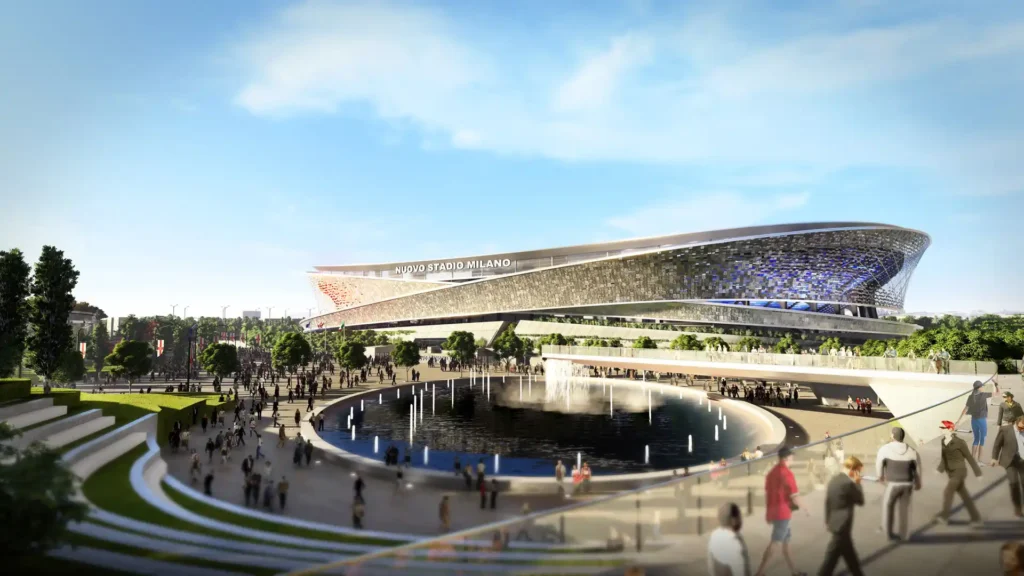
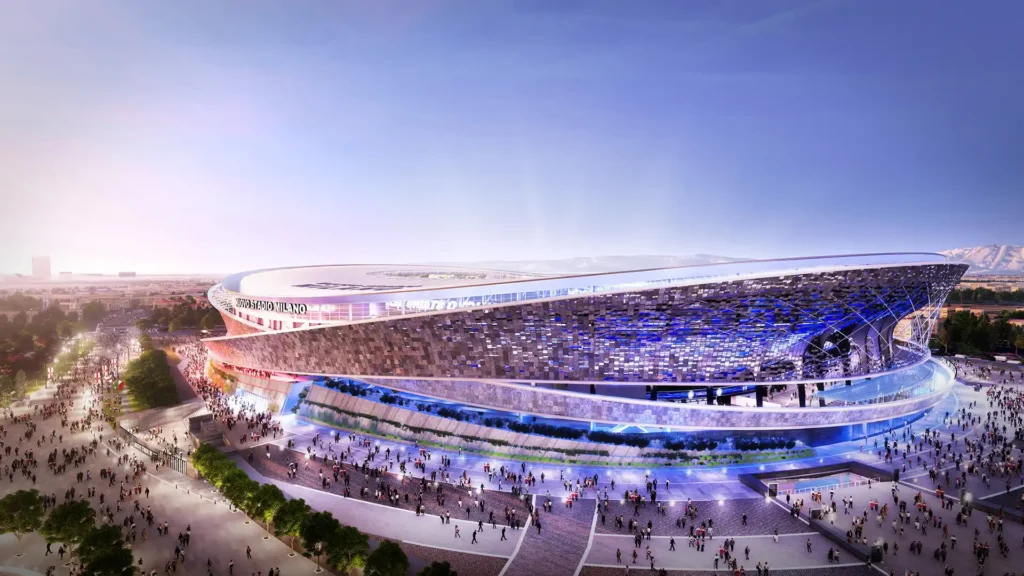
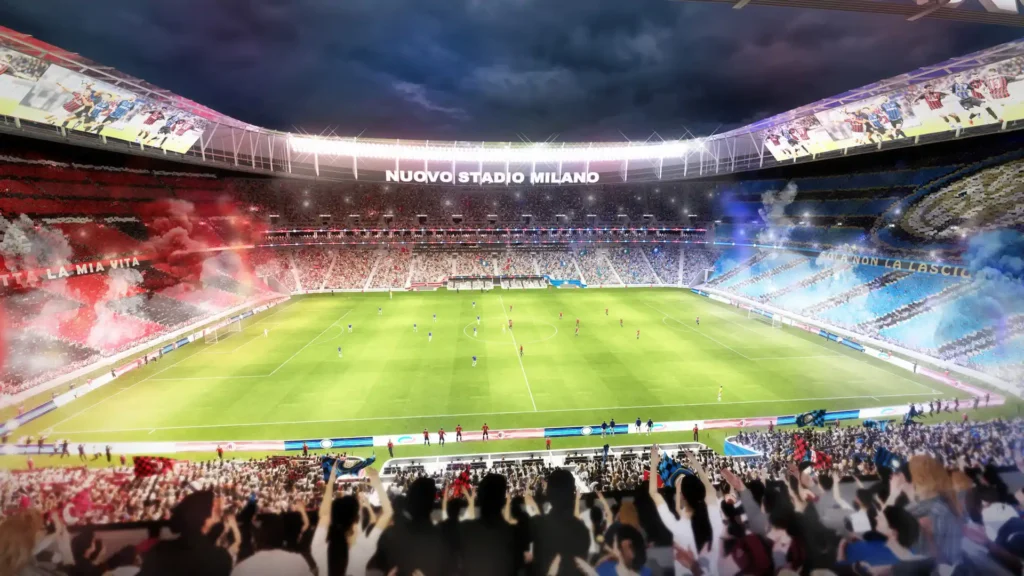
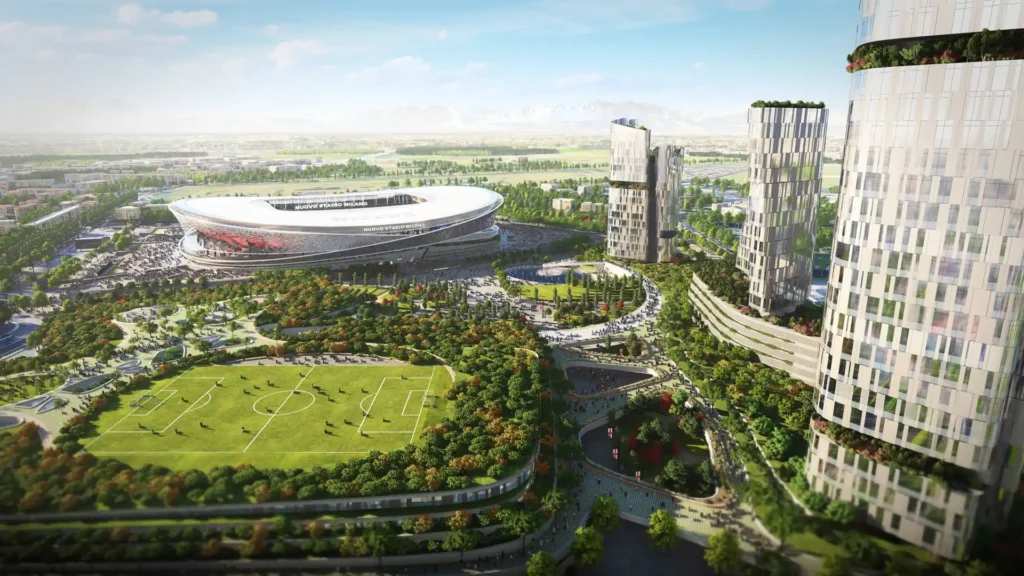

Read Also:

